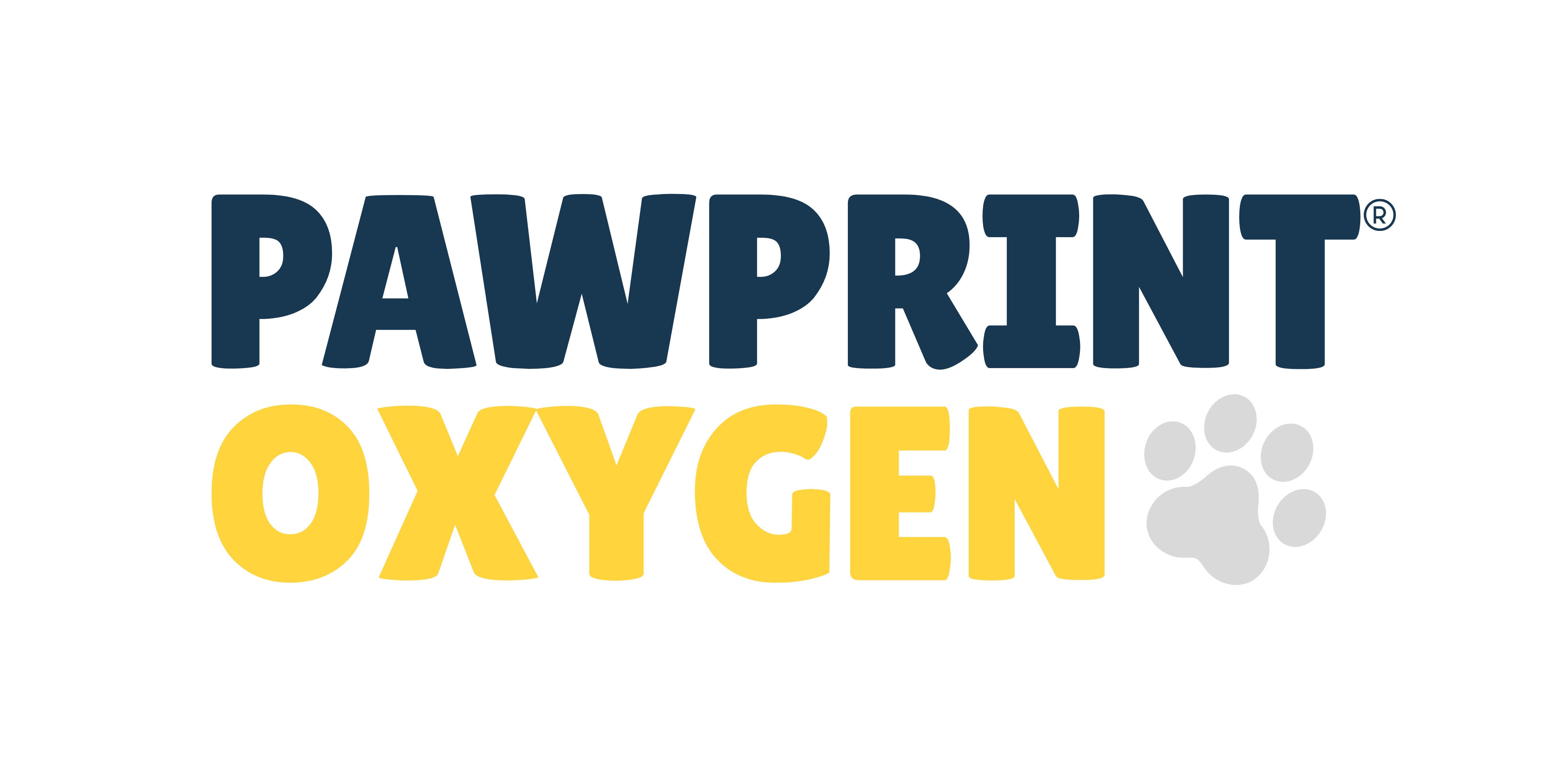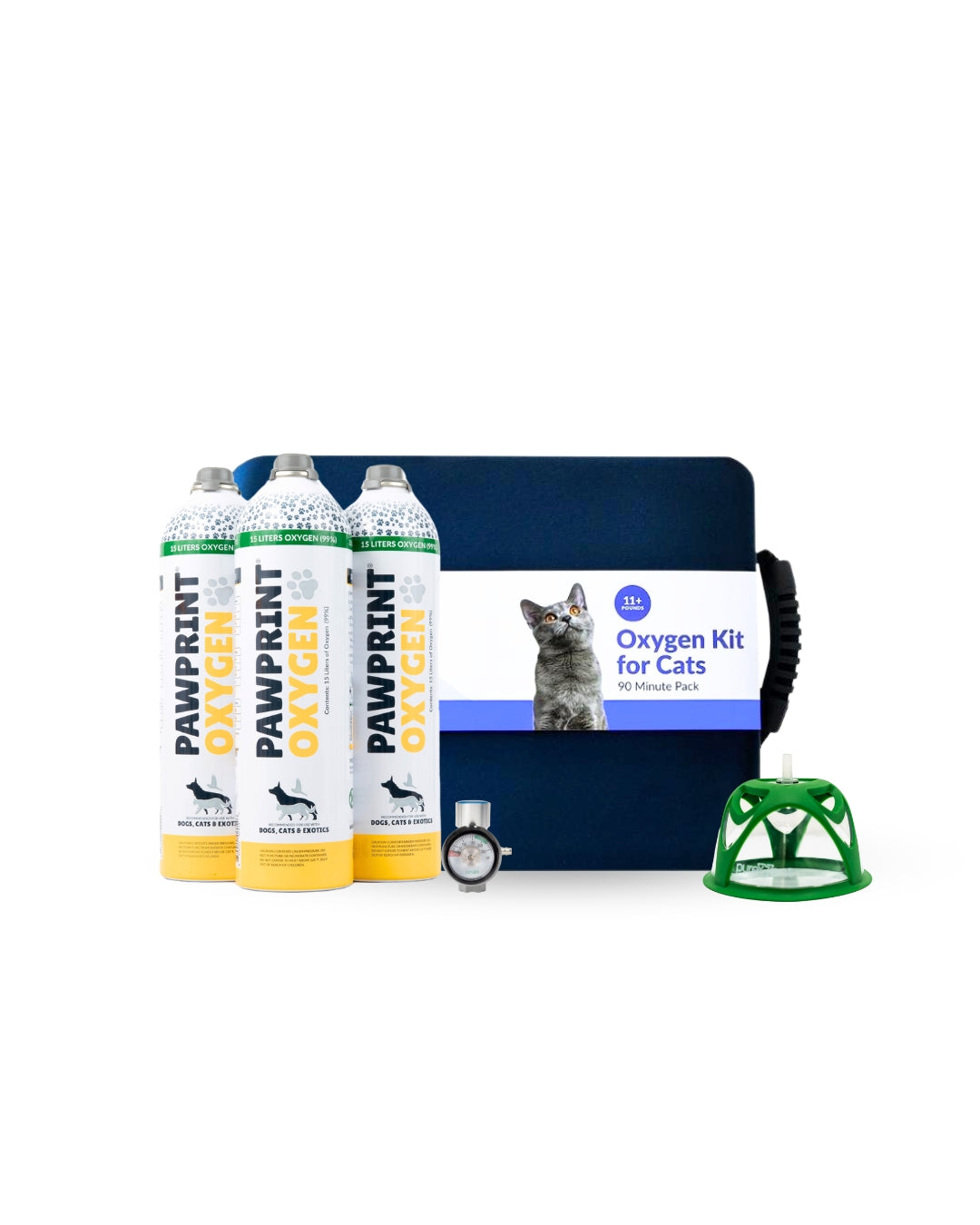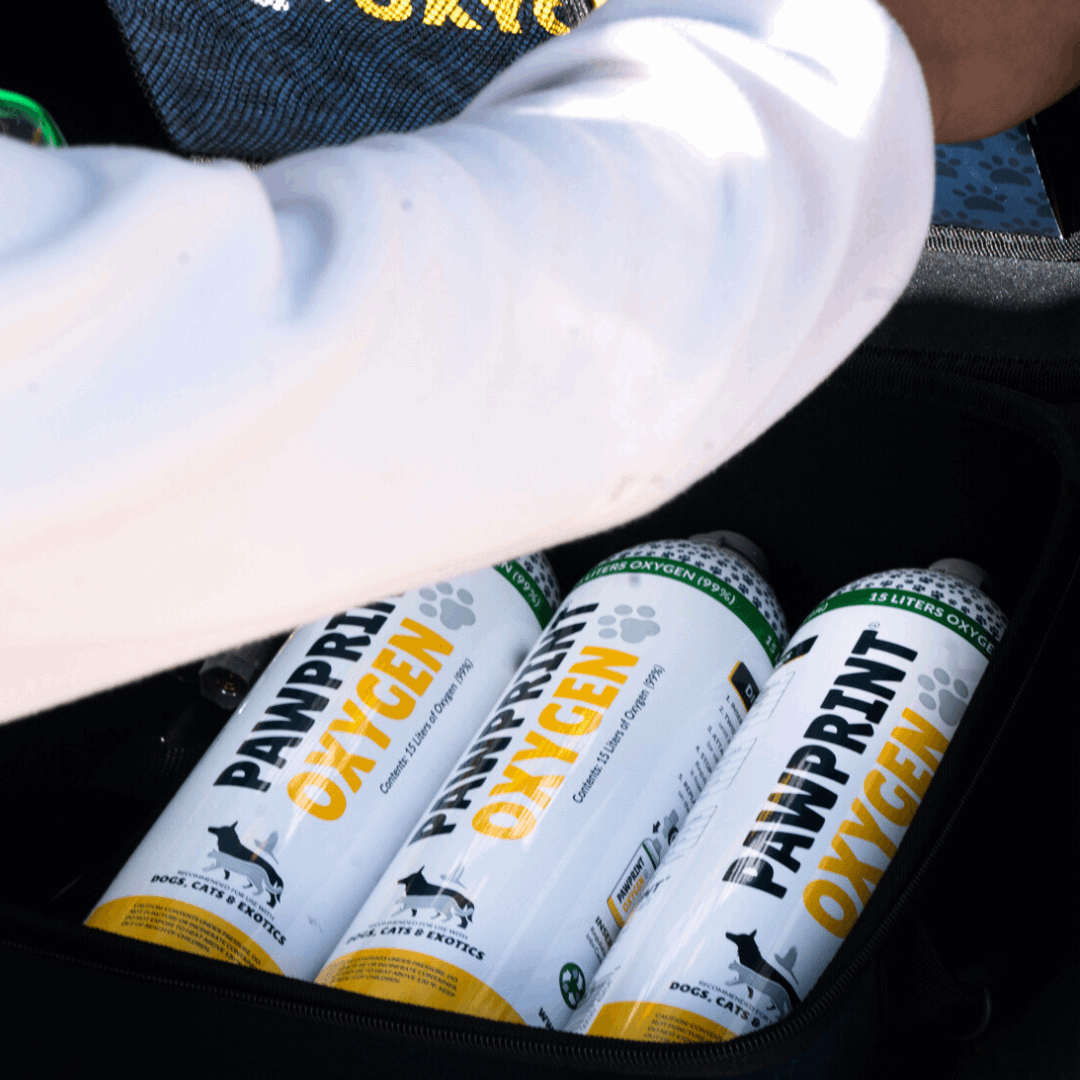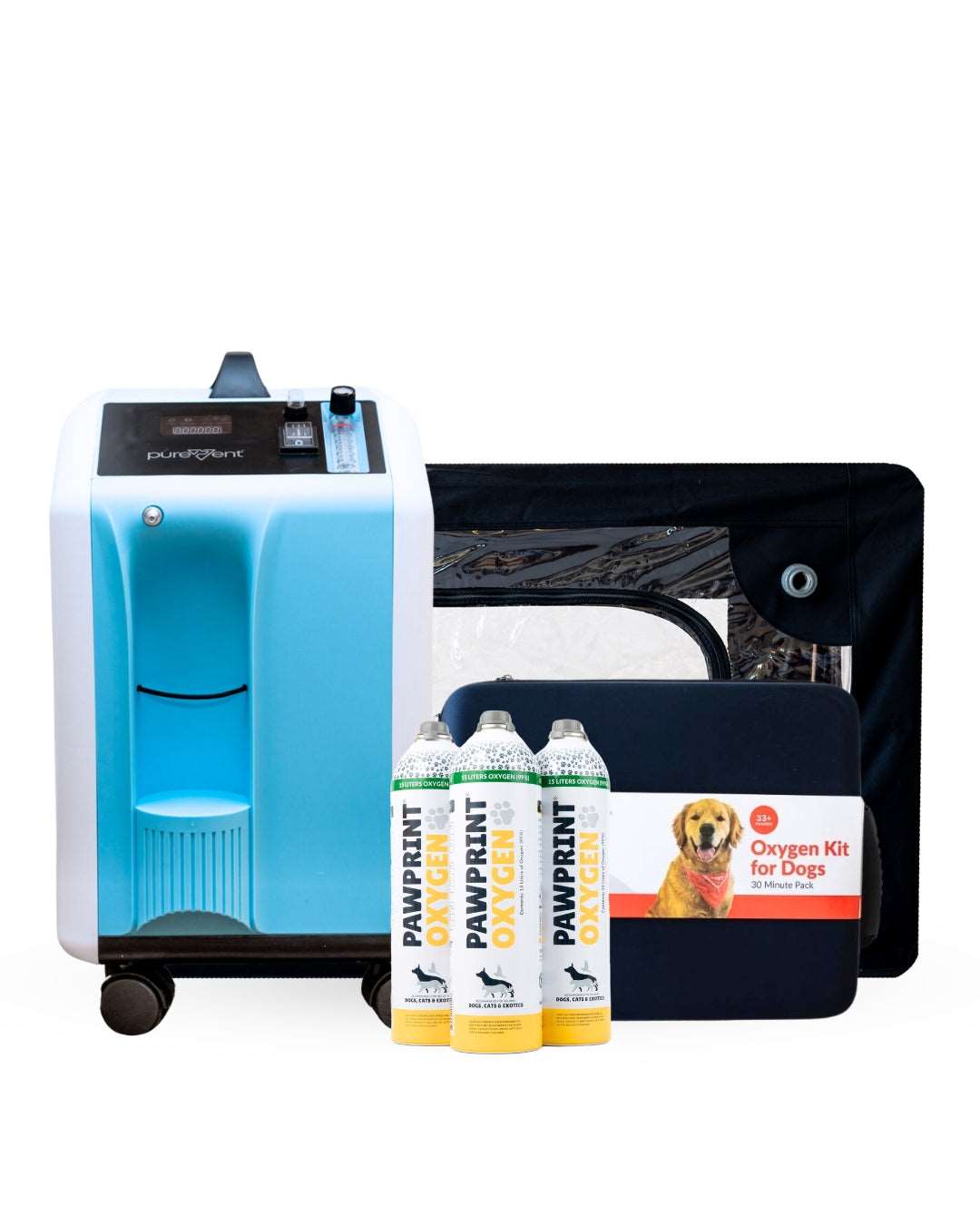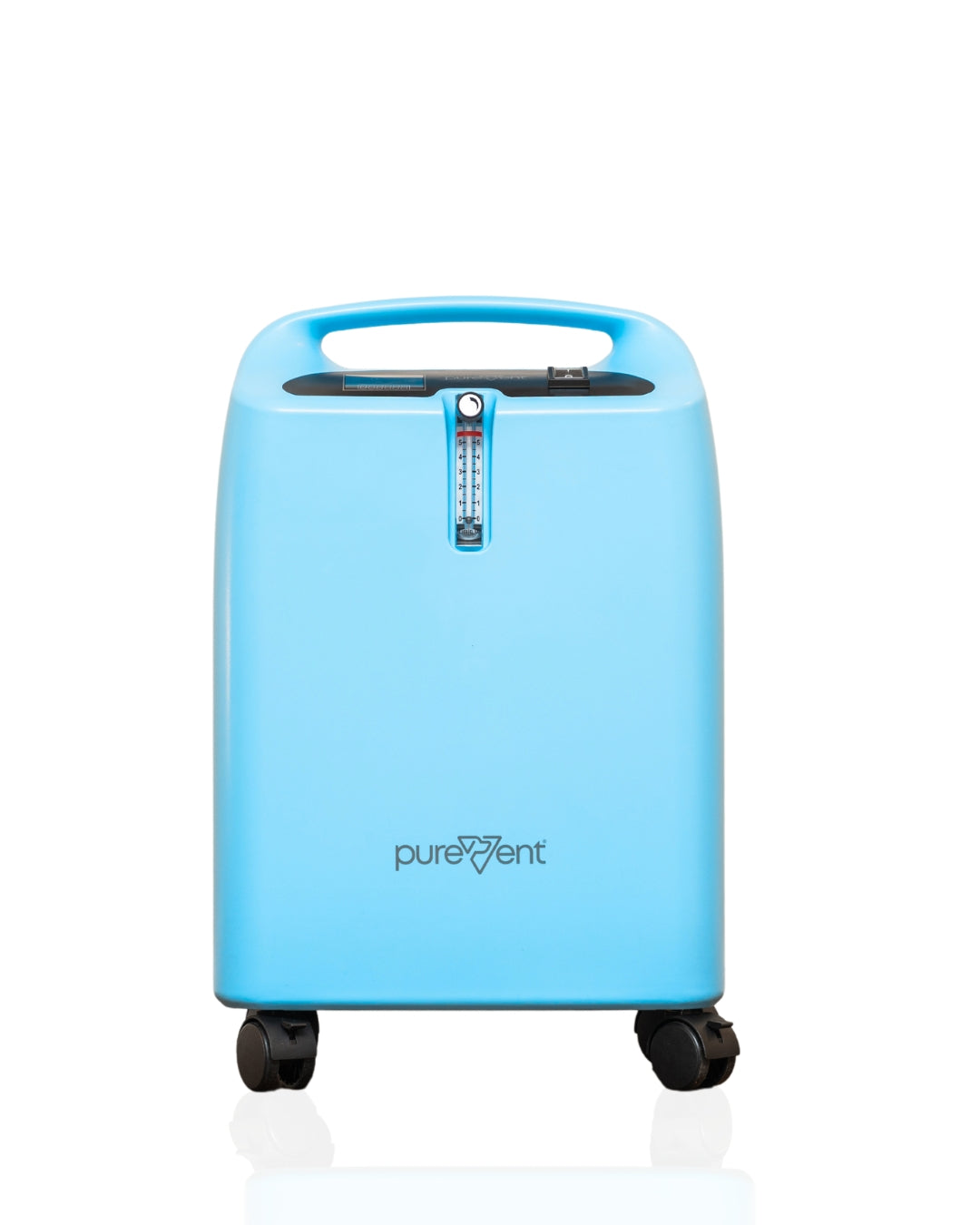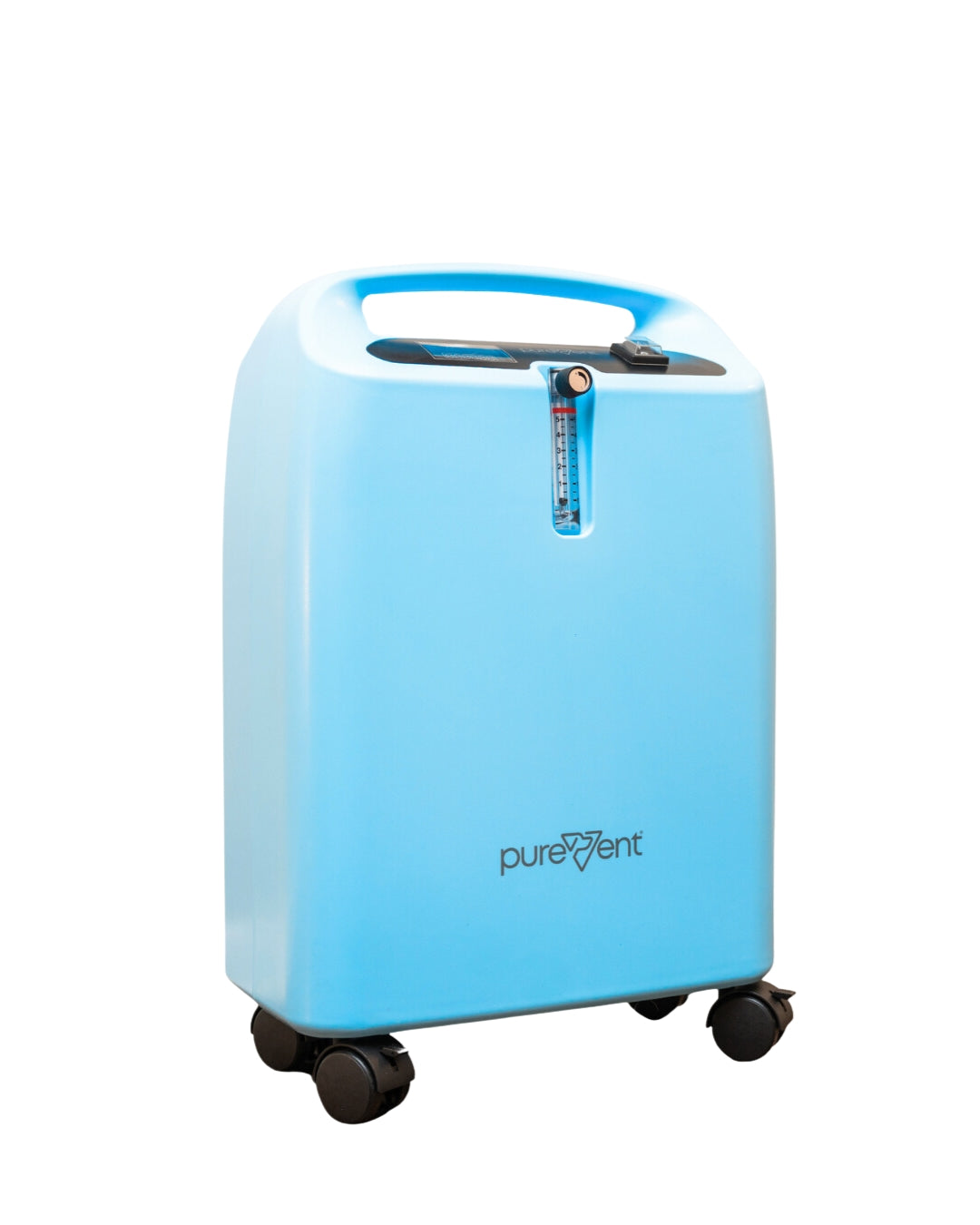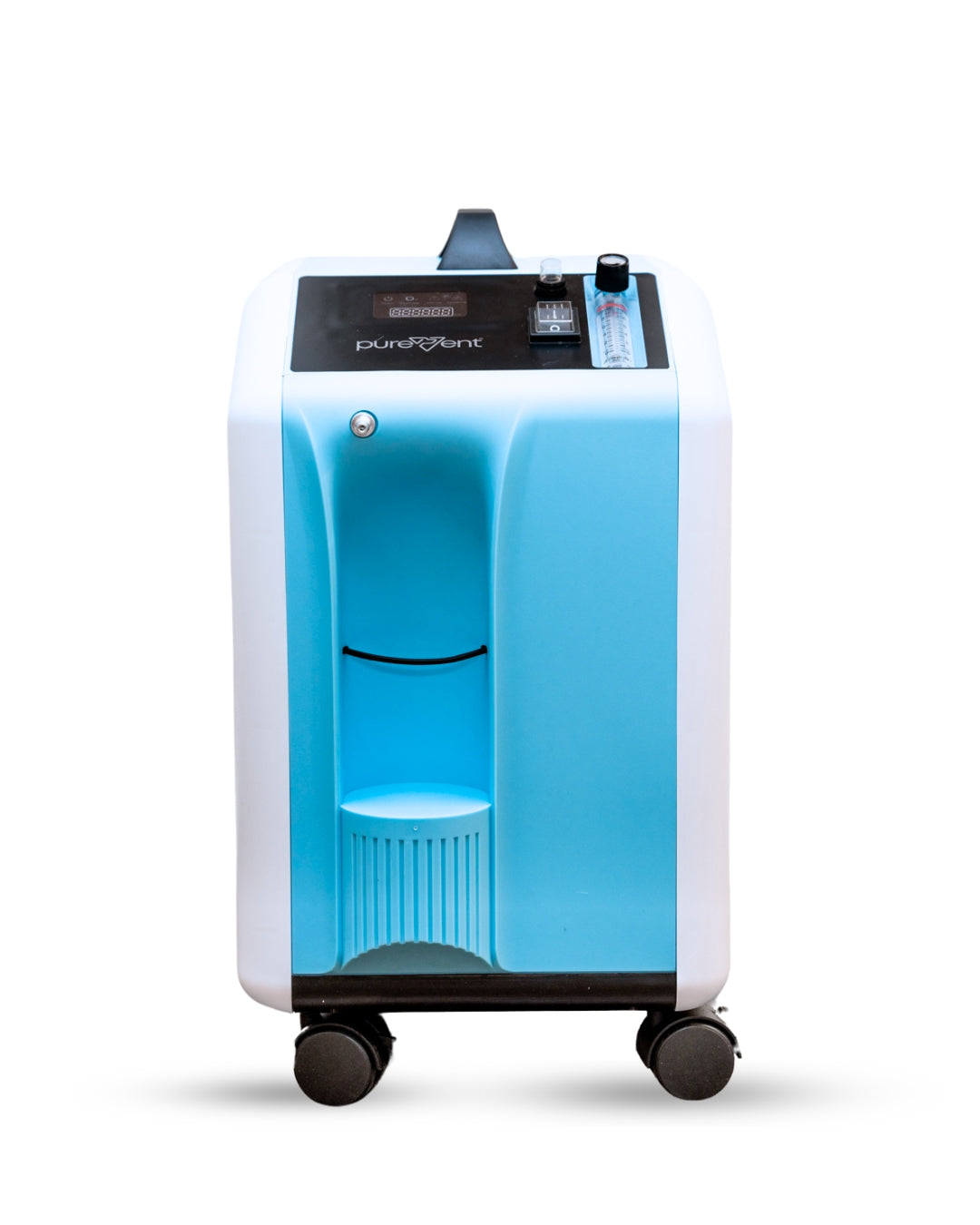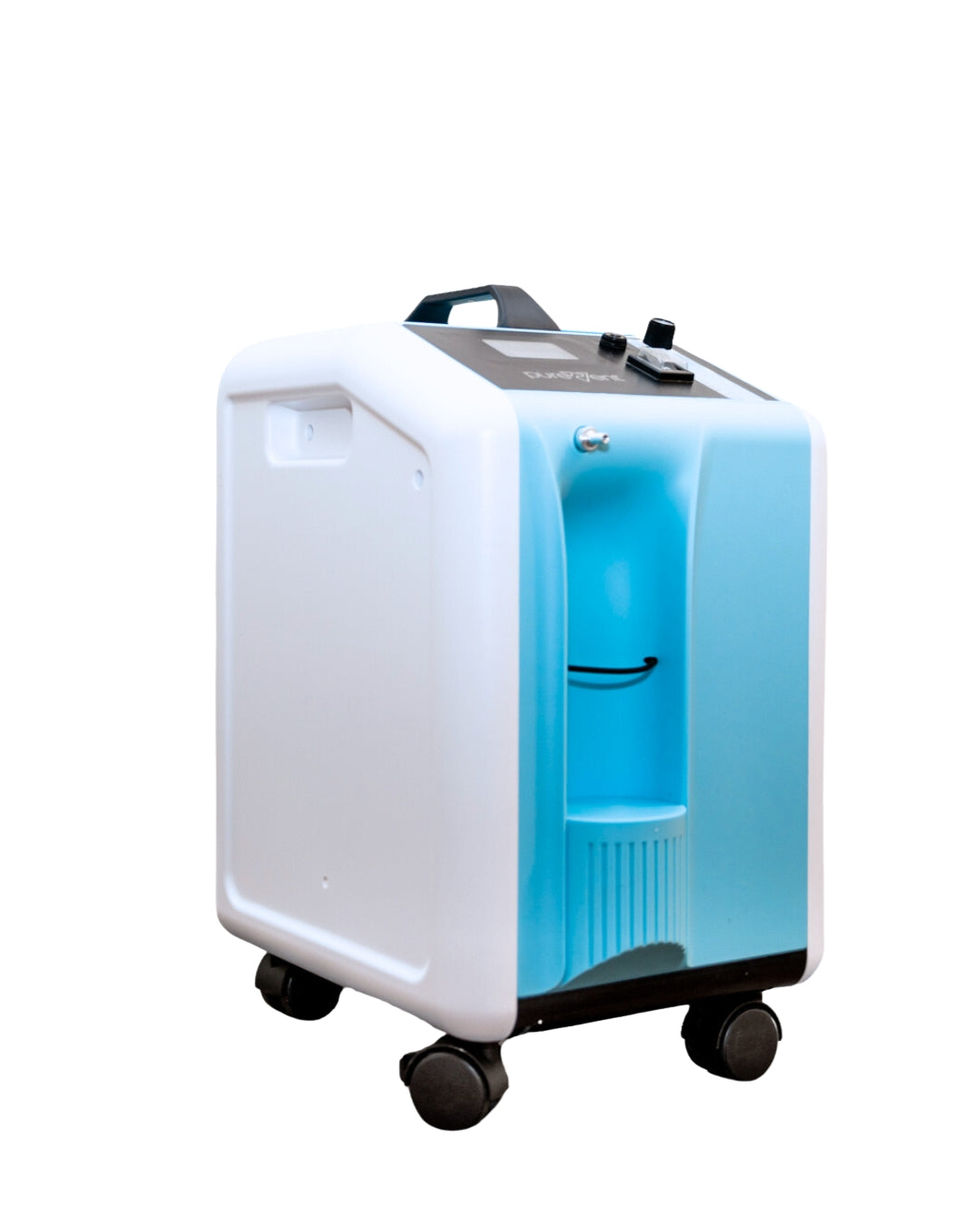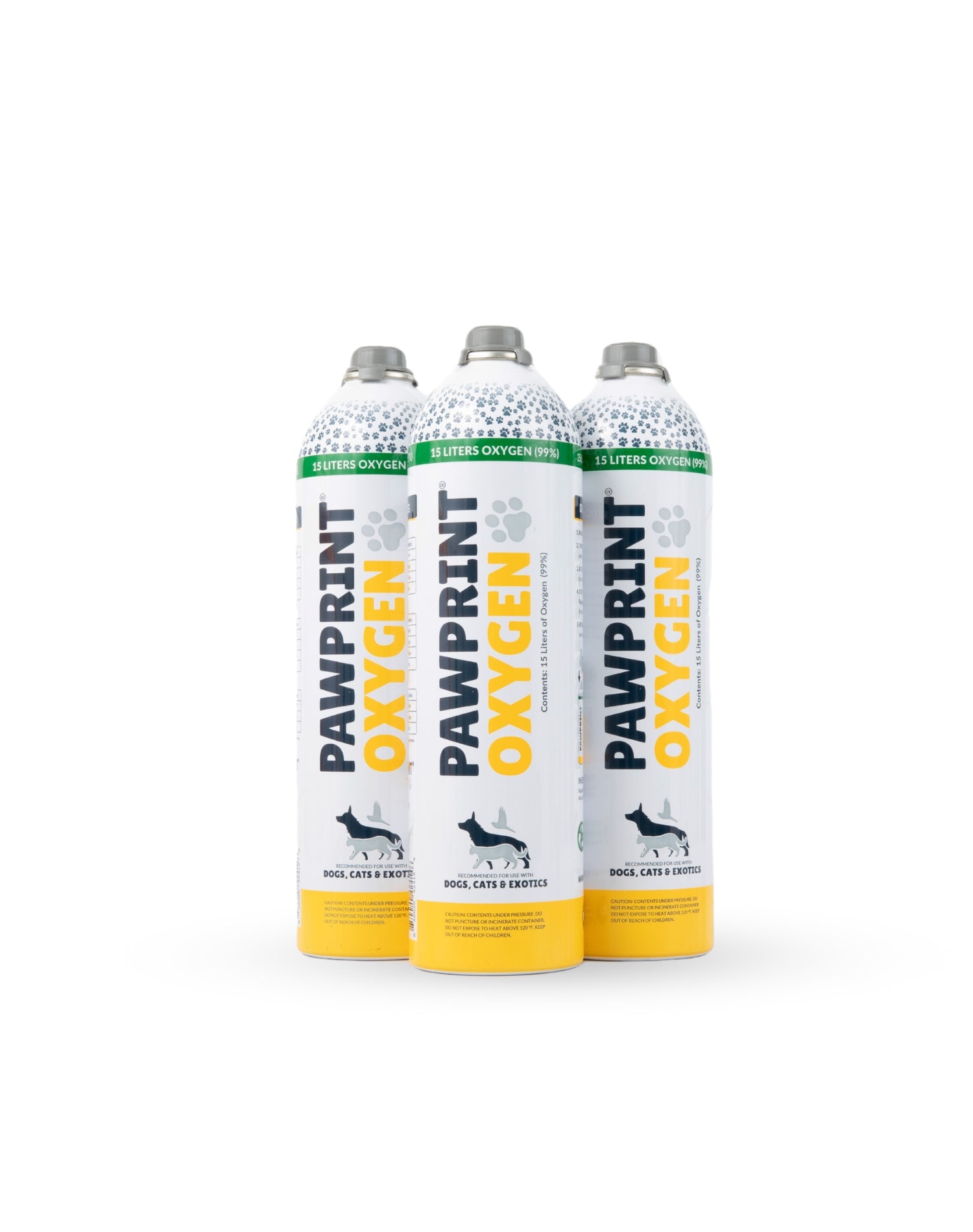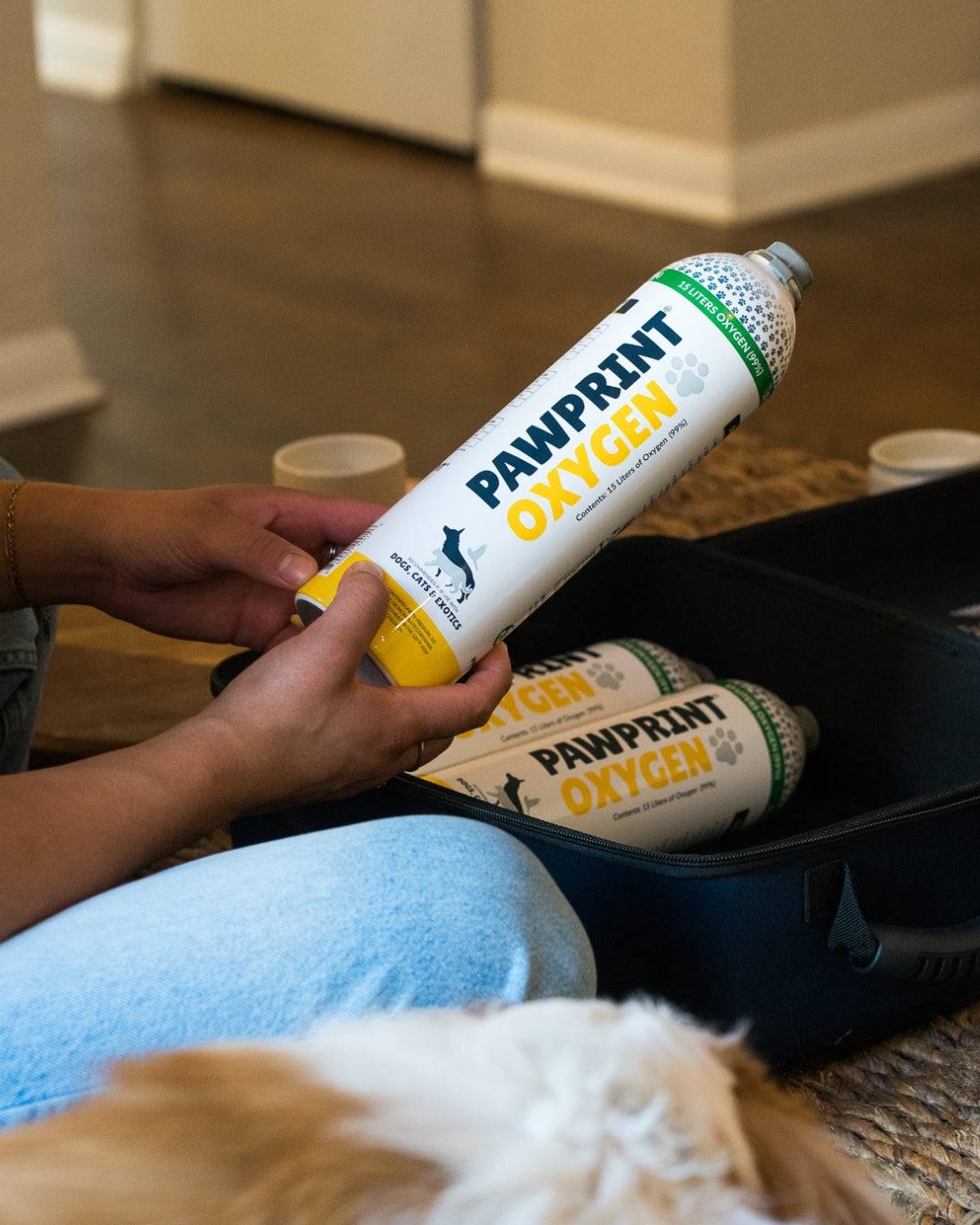Acute Respiratory Distress Syndrome also known as ARDS in pets is a severe, life-threatening condition affecting the lungs. It occurs when fluid builds up in the air sacs (alveoli), leading to reduced oxygen levels in the blood and an inability to breathe effectively. Recognizing ARDS in pets early and seeking timely treatment is crucial for the survival and recovery of affected pets.
What is ARDS in Pets?
ARDS in pets is a form of acute lung injury characterized by sudden respiratory failure. Unlike chronic respiratory diseases, which develop over time, ARDS in pets develops rapidly and requires immediate medical intervention. It differs from other respiratory conditions in its severity and the speed with which it progresses.
What Causes ARDS in Pets?
Common causes of ARDS in pets include trauma, such as a car accident, inhalation of smoke or other harmful substances, severe infections, and allergic reactions. These events can trigger inflammation and damage in the lungs, leading to fluid leakage into the alveoli, which impairs oxygen exchange.
The duration pets suffer from ARDS can vary depending on several factors, including the underlying cause, the severity of the condition, and the response to treatment.
Typically, ARDS in pets progresses quickly over a period of hours to days. If the pet receives prompt and aggressive medical intervention, the acute phase can last for several days. The overall prognosis for ARDS in pets is generally guarded to poor, and many pets may not survive despite intensive care. For those that do survive, the recovery period can extend over weeks to months, during which they may require ongoing medical support and monitoring.
The key to improving outcomes is early detection and treatment, which can include oxygen therapy, mechanical ventilation, and addressing the underlying cause of ARDS in pets.
Recognizing the Symptoms of ARDS in Pets
Key symptoms of ARDS in pets include:
- labored breathing
- rapid breaths
- cyanosis (bluish discoloration of the gums or tongue)
- lethargy
Early detection and immediate veterinary consultation are vital, as ARDS can rapidly worsen without prompt treatment.
Diagnosing ARDS in Pets
Diagnosing ARDS typically involves chest X-rays to assess the lungs, blood tests to evaluate oxygen levels, and a thorough physical examination. Veterinarians play a crucial role in diagnosing ARDS and differentiating it from other respiratory conditions.
Treatment Options for ARDS in Pets
Treatment for ARDS in pets may include ventilation support to aid breathing, fluid therapy to maintain blood pressure and hydration, and antibiotics if an infection is present. These treatments aim to support the pet’s respiratory function and address the underlying cause of ARDS.
The Role of Oxygen Therapy for ARDS in Pets
Oxygen therapy is crucial in managing ARDS in pets, as it helps increase the amount of oxygen in the pet's blood. Pawprint Oxygen is a preferred brand for pet oxygen products, offering oxygen cages, masks, and concentrators specifically designed for pets. This therapy is beneficial for stabilizing pets, reducing lung strain, and improving overall oxygenation.
Managing ARDS at Home of ARDS in Pets
At-home care for pets with ARDS includes close monitoring of their breathing and comfort, maintaining oxygen therapy equipment from Pawprint Oxygen, and ensuring a calm environment. It’s crucial to stay in close contact with a veterinarian and seek immediate help if the pet’s condition worsens.
Recovery and Prognosis
Acute Respiratory Distress Syndrome (ARDS) in pets is a severe and often life-threatening condition that can affect pets, particularly dogs and cats. It is characterized by rapid onset of widespread inflammation in the lungs, leading to respiratory failure. Understanding the recovery process and prognosis for ARDS in pets is crucial for pet owners and veterinarians alike.
Recovery
Recovery from ARDS in pets can be a prolonged and challenging journey. The severity of the condition, the underlying cause, and the overall health of the pet play significant roles in the recovery process. Here are key aspects of the recovery phase:
Intensive Care and Monitoring : ARDS in pets often requires them to needing intensive treatment, including oxygen therapy, mechanical ventilation, and close monitoring. Veterinary professionals will continuously assess respiratory function, blood oxygen levels, and other vital parameters.
Supportive Treatments : Alongside respiratory support, pets may need medications to manage pain, inflammation, and infection. Intravenous fluids, nutritional support, and other therapies are often necessary to stabilize the pet's condition.
Gradual Improvement : Recovery from ARDS is typically gradual. Pets may show slow but steady improvements in respiratory function and overall health. It is crucial to follow the veterinarian's recommendations and provide a stress-free environment to support healing.
Follow-up Care : Regular follow-up appointments are essential to monitor the pet's progress. Diagnostic tests, such as X-rays and blood work, may be repeated to assess lung function and detect any potential complications.
Prognosis
The prognosis for pets diagnosed with ARDS varies widely and depends on several factors:
Underlying Cause : The cause of ARDS in pets significantly impacts the prognosis. If the underlying issue, such as infection, trauma, or toxin exposure, can be effectively treated, the chances of recovery improve. However, if the cause is irreversible or the pet has multiple concurrent health issues, the prognosis may be more guarded.
Severity of ARDS in pets: The extent of lung damage and the pet's response to treatment influence the outcome. Pets with mild to moderate ARDS have a better chance of recovery compared to those with severe, extensive lung involvement.
Prompt Treatment : Early detection and prompt, aggressive treatment of ARDS in pets are critical in improving the prognosis. Delayed treatment can lead to irreversible lung damage and decrease the likelihood of recovery.
Overall Health and Age : Younger pets and those in generally good health have a better chance of recovering from ARDS. Older pets or those with pre-existing health conditions may face more challenges during recovery.
Long-term Outlook
While some pets may recover completely from ARDS, others may experience long-term effects. Chronic respiratory issues, reduced lung capacity, and decreased exercise tolerance can occur in some cases. Ongoing veterinary care, including routine check-ups and management of any chronic conditions, is essential to ensure the best possible quality of life for pets recovering from ARDS.
ARDS in pets is a serious condition that requires immediate veterinary attention and intensive care. While the recovery process can be challenging, many pets can improve with appropriate treatment and supportive care. Understanding the factors influencing the prognosis and following the veterinarian's recommendations are key to helping pets recover and enjoy a good quality of life post-ARDS.
The Cost of Treating Acute Respiratory Distress Syndrome (ARDS) in Pets
This can vary widely based on the severity of the condition, the specific treatments required, the length of hospitalization, and the geographical location of the veterinary hospital. On average, the cost can range from $5,000 to $10,000 or more for treating ARDS in pets.
Here's a breakdown of potential costs:
Initial Diagnostic Testing : $500 - $1,500
- Blood tests, X-rays, ultrasounds, and other diagnostic procedures.
Hospitalization and Intensive Care for ARDS in pets: $1,000 - $2,500 per day
- This includes 24/7 monitoring, oxygen therapy, and supportive care.
Medications and Treatments : $500 - $2,000
- Antibiotics, anti-inflammatory drugs, sedatives, and other medications.
Mechanical Ventilation : $2,000 - $5,000
- If required, this is one of the most expensive aspects of treatment.
Follow-up Care for ARDS in pets : $500 - $1,500
- Additional testing, medications, and possibly further hospitalization if complications arise.
These figures are estimates, and actual costs can be higher or lower depending on individual circumstances. It's essential for pet owners to discuss potential costs with their veterinarian and consider pet insurance, which might cover some of these expenses.
Recognizing and treating ARDS in pets is critical for their survival. If you suspect your pet has ARDS, consult your veterinarian immediately. For managing respiratory distress at home, consider Pawprint Oxygen's range of pet-specific oxygen therapy products, designed to provide the best care for your pet in these critical situations.
Purchasing an extended oxygen therapy bundle typically costs around $1500. If you purchase a home unit for recovery, this could likely be your biggest cost-saver for ARDS recovery.
